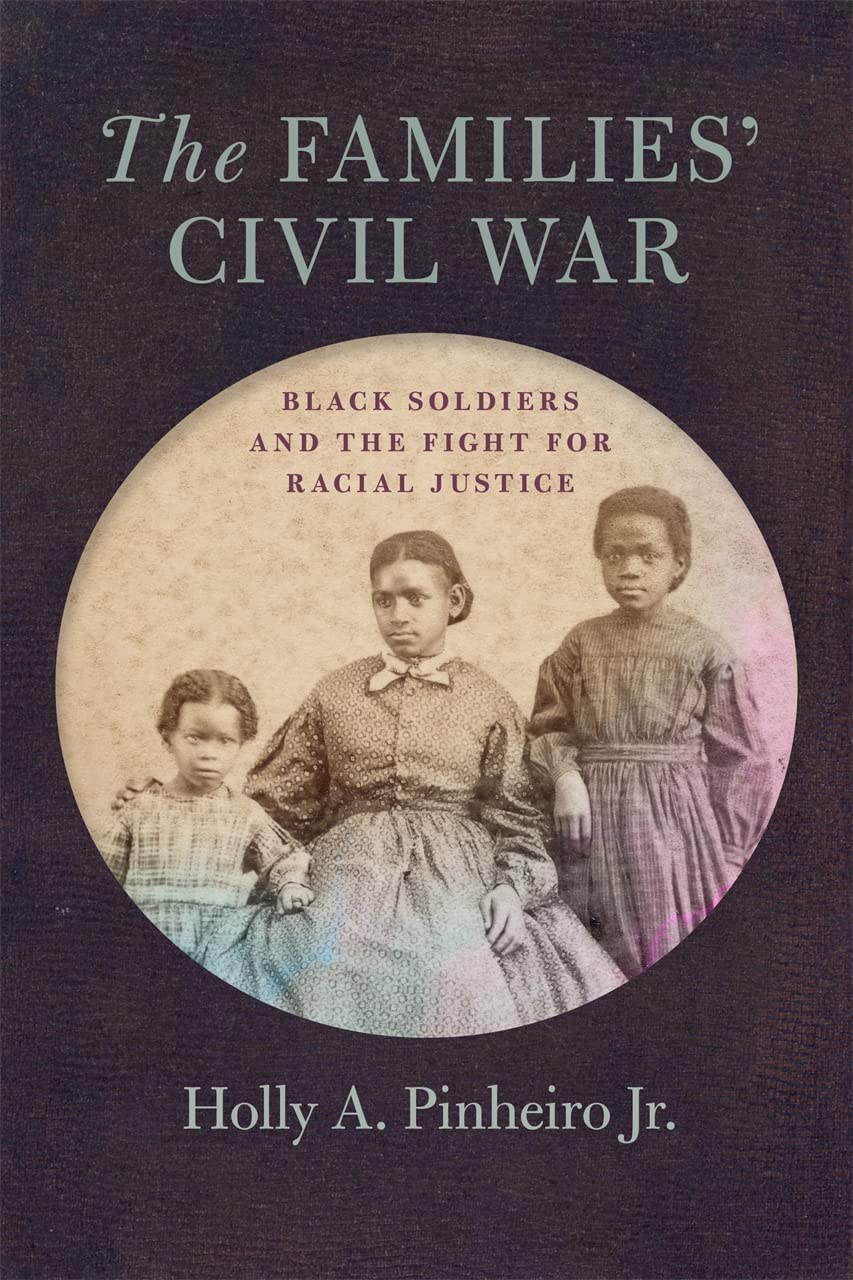

Most ebook files are in PDF format, so you can easily read them using various software such as Foxit Reader or directly on the Google Chrome browser.
Some ebook files are released by publishers in other formats such as .awz, .mobi, .epub, .fb2, etc. You may need to install specific software to read these formats on mobile/PC, such as Calibre.
Please read the tutorial at this link: https://ebookbell.com/faq
We offer FREE conversion to the popular formats you request; however, this may take some time. Therefore, right after payment, please email us, and we will try to provide the service as quickly as possible.
For some exceptional file formats or broken links (if any), please refrain from opening any disputes. Instead, email us first, and we will try to assist within a maximum of 6 hours.
EbookBell Team

4.3
58 reviewsThis book tells the stories of freeborn northern African Americans in Philadelphia struggling to maintain families while fighting against racial discrimination. Taking a long view, from 1850 to the 1920s, Holly A. Pinheiro Jr. shows how Civil War military service worsened already difficult circumstances due to its negative effects on family finances, living situations, minds, and bodies. At least seventy-nine thousand African Americans served in northern USCT regiments. Many, including most of the USCT veterans examined here, remained in the North and constituted a sizable population of racial minorities living outside the former Confederacy.
InThe Families’ Civil War, Holly A. Pinheiro Jr. provides a compelling account of the lives of USCT soldiers and their entire families but also argues that the Civil War was but one engagement in a longer war for racial justice. By 1863 the Civil War provided African American Philadelphians with the ability to expand the theater of war beyond their metropolitan and racially oppressive city into the South to defeat Confederates and end slavery as armed combatants. But the war at home waged by white northerners never ended.
Civil War soldiers are sometimes described together as men who experienced roughly the same thing during the war. However, this book acknowledges how race and class differentiated men’s experiences too. Pinheiro examines the intersections of gender, race, class, and region to fully illuminate the experiences of northern USCT soldiers and their families.